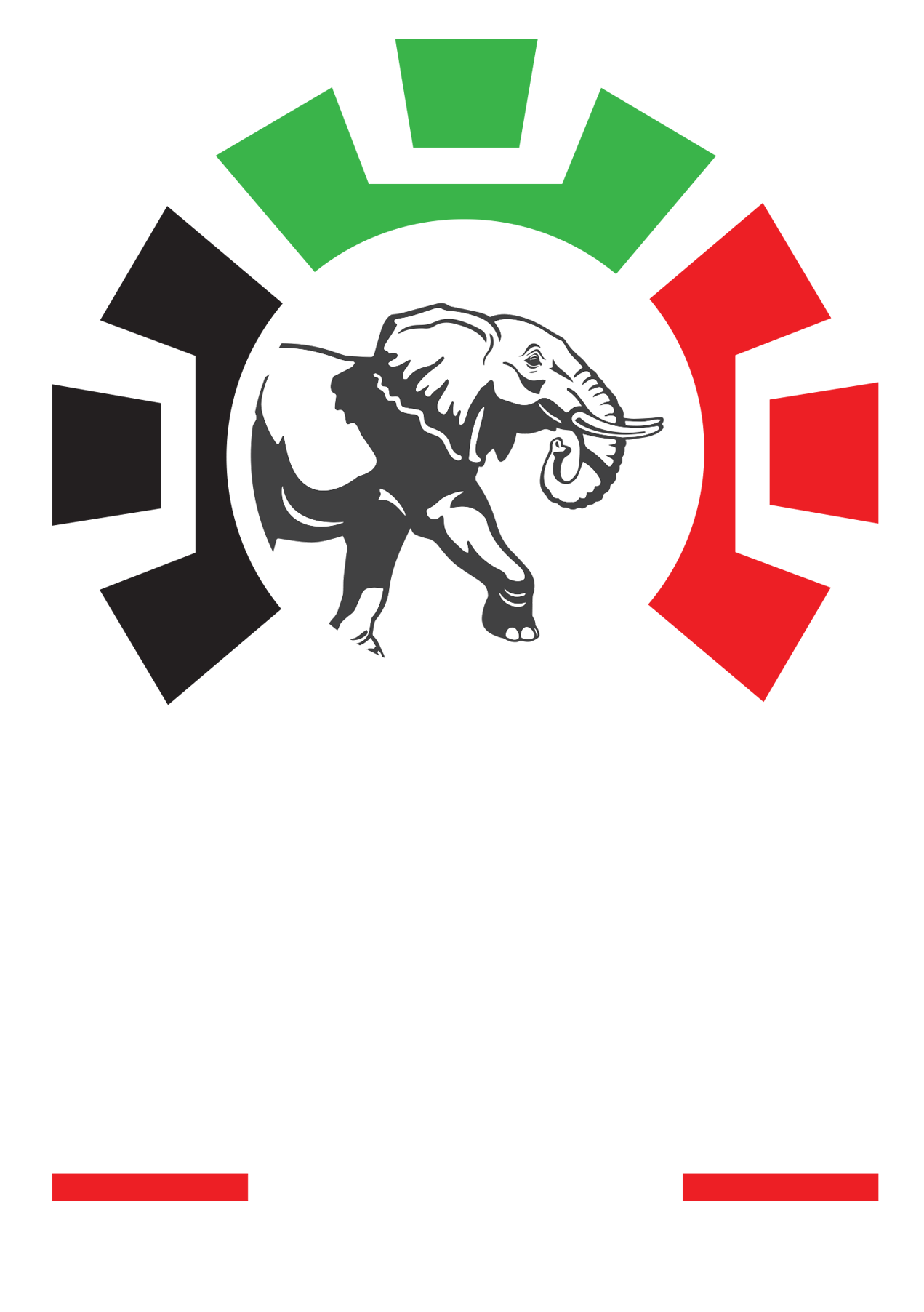
Elephants like the one pictured above have gotten caught between the embankments and the fences.
Human development and conservation share a common platform – finite land.
As the human population grows, so do our patterns of consumption, lifestyles and behaviors. In turn, land use must change in order to accommodate the growing human need (so called human footprint by scientists) and wildlife habitats and wilderness are converted to settlements, agriculture and infrastructural developments.
The sad part is that it is often viewed as a zero sum game of development versus conservation; that one must be ‘removed’ in order for the other to work. More often than not conservation is the loser. Nearly 55 years ago at the time of Kenyan independence, the land was mainly devoid of humans’ footprints, with wildlife reigning over 70 percent of the land. Today the roles are reversed, with the humans encroaching on that 70 percent and wildlife being subjected to ever-shrinking space.
Yet it need not be ‘us’ versus ‘them,’ between nature and human development. Humans need nature and the ecosystem services that come in the form of clean air, water, pollination (of our food crops and fruits), enrichment of soils, conversion of the sun’s energy to usable forms for mankind and animals, and the list goes on. These services are not to be gambled with. Try not breathing clean air for five minutes and see the results.
This is where the protection of certain habitats, such as Nairobi and Tsavo National Parks, comes into the picture. These wild ecosystems are indicators of the bigger goal of conserving our natural world which provides us with so many life supporting services. The Standard Gauge Railway (SGR), which cuts through the heart of Kenya and these critical landscapes in order to connect Mombasa, the largest port in East Africa, and Nairobi, should have focused on a greater dialogue during the conceptual stages. With a greater focus on the natural world and its animal inhabitants, we could avoid scenes such as elephants getting trapped between the elevated SGR embankments and the electric fence (see picture above).
Dr. Benson Okita of Save the Elephants has since recommended that the design of the current electric fence be changed to one that funnels wildlife towards the eight wildlife bridge corridors. Further, there have been suggestions that the cost of a fully raised steel bar rail-line may not be significantly more than that of the current raised embankment. If that is true, then that would have been a more wildlife friendly option, connecting humans from capitol to port and maintaining the connectivity of Tsavo East and West national parks.
The SGR is representative of the next stage in development. It is a given that we here in Kenya need development in a variety of forms from better housing, transportation systems, agricultural methods and financial security. Indeed the aspirations of Kenya to develop into a middle income country only means that there will be other projects of the scale and magnitude of the SGR in order to further advance the country.
I do not think there is any ‘real conservationist’ who disagrees with the need for human development as a natural instinct to improve ‘our’ livelihood and standard of living. However, we need to recognize that Kenya can, and must, accommodate both development and conservation if we, humans, want to continue reaping the benefits of our natural world. Back in January, I stated that Kenya (and also in application to Africa and the world) needs a land-use master plan where development and conservation are accommodated. Despite Kenya’s land surface being finite, and a growing human population of one million per year, Kenya is still a fairly large country that can cater to all conservation and development needs.
It just needs planning. Current haphazard development (visit surrounding townships of Rongai, Githurai, Kitengela to see examples of poor planning) will not be useful, not only when it comes to environmental conservation but even for human development and wellbeing.
As captured by ‘Uncle’ Moody Awori, in his brilliant autobiography Riding on a Tiger, Japan is roughly the size of Kenya, has a human population of 150 million yet forest cover of 50 percent of the country. Based off of Japan, the tension between conservation and development is not affected so much by population size or landmass, flaws in planning create problems.
In order to overcome these obstacles and human error, we must put on our thinking caps and create an active dialogue. The indicator of progress with the SGR endeavor will be seen in the size of natural spaces protected, connectivity between parks and landscapes and the diversity of Kenya’s famed wildlife.
We can do it.
Source: IFAW Website
